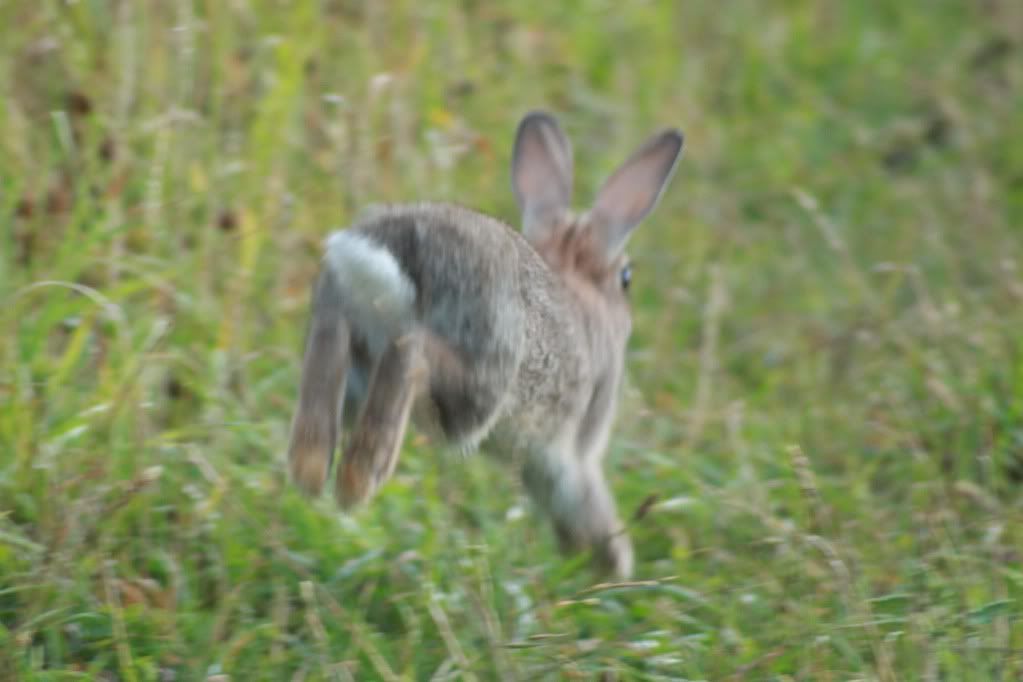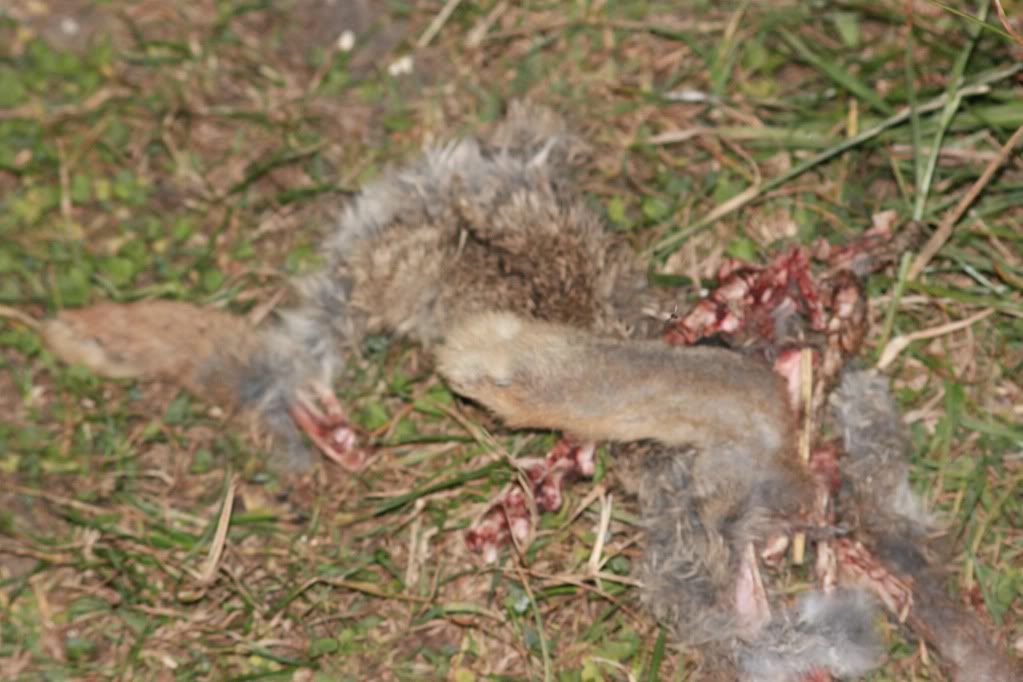.
By the 1950's rabbits reached an estimate population of nearly 100,000,000 and were considered a severe pest for farmers, so myxomatosis was released. Having the desired affect of reducing the rabbit population by 99%.
This massive reduction in the rabbit population had various side affects on other species.
Perhaps not surprising, there was an initial increase in plant variety, but this was eventually replaced by scrub. Some invertebrates - snails, marbled white butterflies and burnet moths benefited from the increased grass, yet others - adonis and large blue butterflies suffered, as well as sand lizards and ground nesting birds through the loss of habitat.
Surprisingly, foxes were not drastically affected, as they changed to catching voles, but this had the side affect of decreasing owl populations who now had less voles to catch.
Other predators of rabbits- stoats and polecats - suffered the largest decline in numbers as did red kites and buzzards
Eventually rabbit populations built up an immunity to myxomatosis (although there are still small outbreaks) and the population has returned to an estimated several million and can be seen dashing into the undergrowth near the Ock:
.
.
Not all rabbits are as quick and as rabbit numbers have increased, so have their predators:
.
References:
Collins complete guide to British animals
Mammals of the British isles (Mammal Society)
Surprisingly, foxes were not drastically affected, as they changed to catching voles, but this had the side affect of decreasing owl populations who now had less voles to catch.
Other predators of rabbits- stoats and polecats - suffered the largest decline in numbers as did red kites and buzzards
Eventually rabbit populations built up an immunity to myxomatosis (although there are still small outbreaks) and the population has returned to an estimated several million and can be seen dashing into the undergrowth near the Ock:
.
.
Not all rabbits are as quick and as rabbit numbers have increased, so have their predators:
.
References:
Collins complete guide to British animals
Mammals of the British isles (Mammal Society)



Nice to see rabbits featured on your blog -one of my favourite animals. We have 6 pet rabbits which graze on a patch of lawn in the garden. Previously this lawn was very poor as it's overshadowed by mature trees. Now there is hardly any grass but plenty of clover and various wildflowers (some might call weeds!)which are kept neatly trimmed by the rabbits. The result is a nice patch of green where I used to have moss and bare earth. I reckon the bunnies have done me a favour.
ReplyDeleteHi Rachel,
ReplyDeleteIt's easy to take the rabbits for granted as I look for water voles, otters and foxes. But as you say in your interesting comment, they make do make a fascinating contribution to our landscape.
It seems that you and your rabbits have turned a rather dead lawn into a fascinating wildflower meadow.
I had assumed rabbits were native to the UK (as they are here in the USA), having read so many tales of Peter and Benjamin. I once had a chance to visit Scotland and saw a field filled with hundreds of rabbits. Or perhaps these were a different species of the same family?
ReplyDeleteHi Anne,
ReplyDeleteI understand all UK rabbits are the same species (oryctolagus cuniculus) and they apparently originated it Iberia.
Perhaps as they've been part of environment for other nearly 1000 years we've grown to accept them as our own (who can forget watership down?)